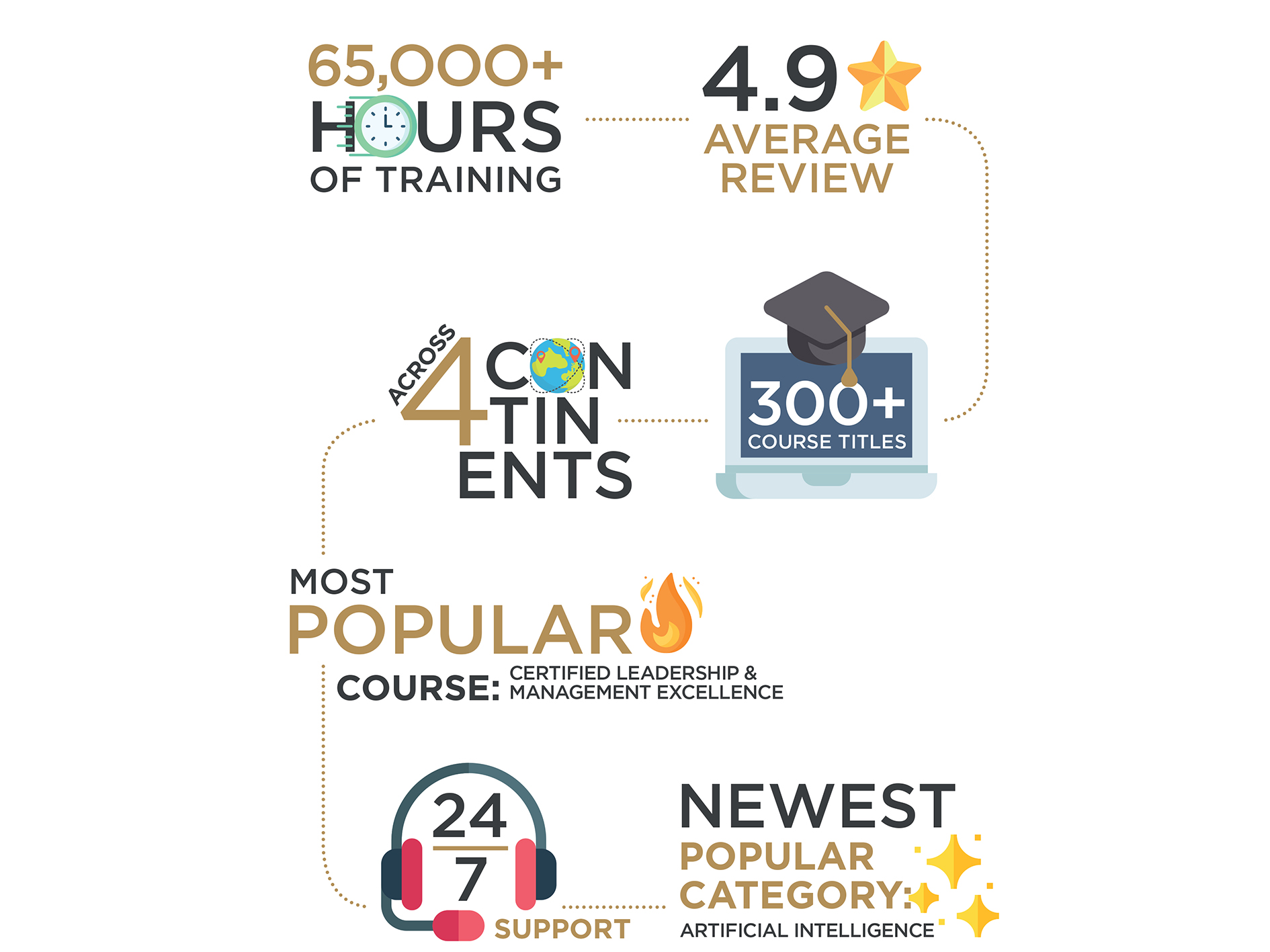Every project begins with well-defined goals, a set timeline, and a budget. But often, unexpected changes emerge—additional features are requested, stakeholders revise objectives, or new deliverables are added late in the game. If that sounds familiar, you’re likely dealing with scope creep.
Scope creep is one of the most common reasons projects run over time and over budget. Recognising it early and knowing how to manage it is essential to ensuring project success, especially in fast-paced and high-stakes work environments.
In this article, we will discuss:
-
What Is Scope Creep and Why Does It Matter?
-
Common Scope Creep Examples in Project Environments
-
What Causes Scope Creep in Projects?
-
How to Prevent Scope Creep in Project Management
-
How to Manage Scope Creep When It Happens
-
Keep Scope Creep Under Control
What Is Scope Creep and Why Does It Matter?
Understanding the meaning of scope creep is critical for anyone managing projects. Simply put, it refers to the gradual expansion of a project's original scope, without corresponding adjustments to time, cost, or resources. What begins as a small tweak or client request can lead to a cascade of new tasks, often without formal approval.
In project management, scope creep can cause major disruptions. It affects everything from delivery timelines to budget allocations and can lead to team frustration or stakeholder dissatisfaction. Without clear boundaries and structured oversight, projects are at risk of ballooning beyond their intended scope.
Common Scope Creep Examples in Project Environments
Scope creep shows up differently depending on the industry or project type. Below are some scope creep examples that highlight how seemingly small changes can lead to significant complications:
A campaign originally scoped to include two social media platforms expands to five after launch, without increasing the budget or extending deadlines. This kind of uncontrolled growth can quickly overwhelm teams and compromise campaign quality.
A stakeholder requests new features after development begins, assuming they can be easily added, which disrupts the sprint cycle and leads to rework. Without a process for assessing requests, the team may struggle to meet its original objectives.
Midway through a renovation, a client decides to change the flooring material and layout, requiring revised plans, permits, and additional materials. These last-minute changes often have ripple effects across timelines, budgets, and compliance.
In each of these scope creep examples, the root issue isn’t just the change itself. It’s the absence of a structured process for handling those changes.
What Causes Scope Creep in Projects?
There isn’t just one cause of scope creep. It often results from a combination of factors. Here are the most common culprits:
-
Unclear project scope: When initial goals aren’t clearly defined or documented, it's easy for expectations to be misinterpreted or drift over time.
-
Lack of stakeholder alignment: Differing understandings of the project’s priorities can result in ongoing changes as each party tries to bring it in line with their vision.
-
Inadequate change control: Without a formal process to assess and approve changes, any request can quickly be implemented, regardless of its impact.
The meaning of scope creep becomes clearer when viewed through this lens: it’s not simply about “more work,” but about unmanaged changes caused by gaps in planning and communication.
How to Prevent Scope Creep in Project Management
Even the best-run projects are vulnerable to change. The key is knowing how to set strong foundations that minimise the risk. Here are four strategies to help keep your project on track.
-
Start with Clear Requirements and Expectations
Begin by defining exactly what the project will—and won’t—include. Ensure that all stakeholders agree on objectives, timelines, and deliverables before commencing any work. A signed-off scope document serves as your reference point for managing change.
-
Communicate Effectively and Frequently
Keep everyone in the loop with regular updates. When stakeholders are engaged and informed, they’re less likely to make late-stage requests. Effective communication helps align expectations throughout the project lifecycle, thereby reducing the likelihood of scope creep.
-
Implement a Change Control Process
Not all change is bad, but it should be controlled. Establish a formal process to evaluate and approve changes. This ensures that all new requests are assessed for their impact on cost, time, and resources before being accepted.
-
Train and Upskill Your Team
Well-prepared teams can better recognise and push back on requests that may lead to scope creep in project management. Encourage ongoing learning and professional development so that your team is well-equipped to confidently manage evolving demands.
How to Manage Scope Creep When It Happens
If your project does start to shift beyond its original boundaries, don’t panic. Here’s how to regain control and keep things moving:
-
Reassess the scope
Review what was initially agreed upon and compare it to the current state. Identify exactly where and how changes have occurred to make informed decisions moving forward.
-
Communicate with stakeholders
Have honest conversations about how the new requests will affect timelines, costs, and outcomes. Transparency builds trust and helps set realistic expectations.
-
Adjust plans accordingly
If the changes are approved, update your documentation, schedule, and resource allocations accordingly. Making these adjustments official helps maintain accountability and keeps everyone aligned.
-
Document every change
Create a record of all revisions to ensure accountability and transparency moving forward. Proper documentation reduces confusion and provides a reference for future projects.
-
Learn from the experience
Conduct a project retrospective to understand how the scope creep occurred and how it can be prevented in the future. These lessons can improve your planning and processes for upcoming work.
Keep Scope Creep Under Control
While often framed negatively, scope creep can also indicate changing business priorities. The goal shouldn’t always be to avoid change entirely, but rather, to manage it thoughtfully. When your team has the right systems in place, change becomes an opportunity instead of a setback.
For professionals seeking to enhance their ability to navigate evolving project demands, London TFE offers targeted, hands-on training designed to build confidence and practical capability. Whether you’re a seasoned manager or stepping into a leadership role for the first time, our courses equip you with proven strategies to manage complexity, lead effectively, and deliver results.
Explore our tailored learning paths, including our expert-led project management course in London, and start transforming the way you lead projects.
 All Courses
All Courses
 Accounting and Finance
Accounting and Finance Administration and Office Management
Administration and Office Management Business Administration
Business Administration Chemical Engineering
Chemical Engineering Communications and Public Relations (PR)
Communications and Public Relations (PR) Compliance and Legal
Compliance and Legal Construction Management
Construction Management Contract and Project Management
Contract and Project Management Customer Experience and Relationship Management
Customer Experience and Relationship Management Data Management and Business Intelligent
Data Management and Business Intelligent Digital Transformation
Digital Transformation Energy and Sustainability
Energy and Sustainability Health, Safety and Environment
Health, Safety and Environment Healthcare Management
Healthcare Management Hospitality & Tourism
Hospitality & Tourism Human Resources and Talent Development
Human Resources and Talent Development Industrial Manufacturing and Production
Industrial Manufacturing and Production Innovation and Artificial Intelligence (AI)
Innovation and Artificial Intelligence (AI) Leadership and Management
Leadership and Management Oil and Gas
Oil and Gas Procurement & Supply Chain Management
Procurement & Supply Chain Management Public Sector
Public Sector Quality and Productivity
Quality and Productivity Retail and E- Commerce
Retail and E- Commerce Sales and Marketing
Sales and Marketing Sports Event Management and Operations
Sports Event Management and Operations Strategy and Business Planning
Strategy and Business Planning Sustainability and CSR
Sustainability and CSR Learning Solutions
Learning Solutions
 About Us
About Us
 iLearn Blog
iLearn Blog
 Directory Calendar
Directory Calendar
 Contact Us
Contact Us
 All Courses
All Courses
 Accounting and Finance
Accounting and Finance Administration and Office Management
Administration and Office Management Business Administration
Business Administration Chemical Engineering
Chemical Engineering Communications and Public Relations (PR)
Communications and Public Relations (PR) Compliance and Legal
Compliance and Legal Construction Management
Construction Management Contract and Project Management
Contract and Project Management Customer Experience and Relationship Management
Customer Experience and Relationship Management Data Management and Business Intelligent
Data Management and Business Intelligent Digital Transformation
Digital Transformation Energy and Sustainability
Energy and Sustainability Health, Safety and Environment
Health, Safety and Environment Healthcare Management
Healthcare Management Hospitality & Tourism
Hospitality & Tourism Human Resources and Talent Development
Human Resources and Talent Development Industrial Manufacturing and Production
Industrial Manufacturing and Production Innovation and Artificial Intelligence (AI)
Innovation and Artificial Intelligence (AI) Leadership and Management
Leadership and Management Oil and Gas
Oil and Gas Procurement & Supply Chain Management
Procurement & Supply Chain Management Public Sector
Public Sector Quality and Productivity
Quality and Productivity Retail and E- Commerce
Retail and E- Commerce Sales and Marketing
Sales and Marketing Sports Event Management and Operations
Sports Event Management and Operations Strategy and Business Planning
Strategy and Business Planning Sustainability and CSR
Sustainability and CSR Learning Solutions
Learning Solutions
 About Us
About Us
 iLearn Blog
iLearn Blog Directory Calendar
Directory Calendar
 Contact Us
Contact Us














































 Course category
Course category Course Venue
Course Venue
